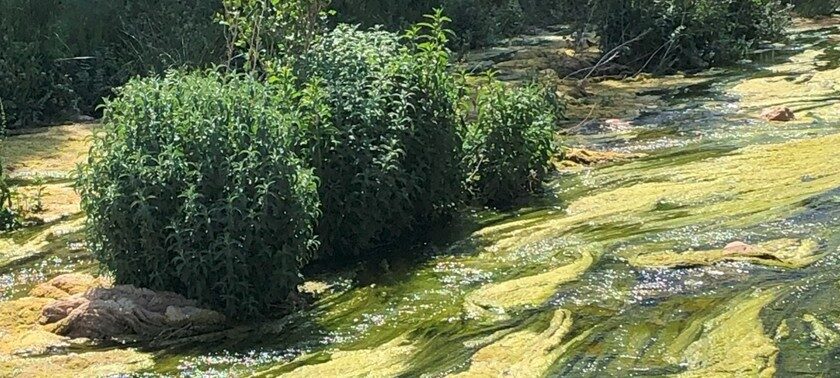the LIFE-NITRAZENS project “Supporting Nitrate Governance through Citizen-Engaging” kicked off in September 2025, with the collaboration of RAMA group researchers María Ángeles Lorenzo and Farida Dechmi, as well as research technician María Balcells.
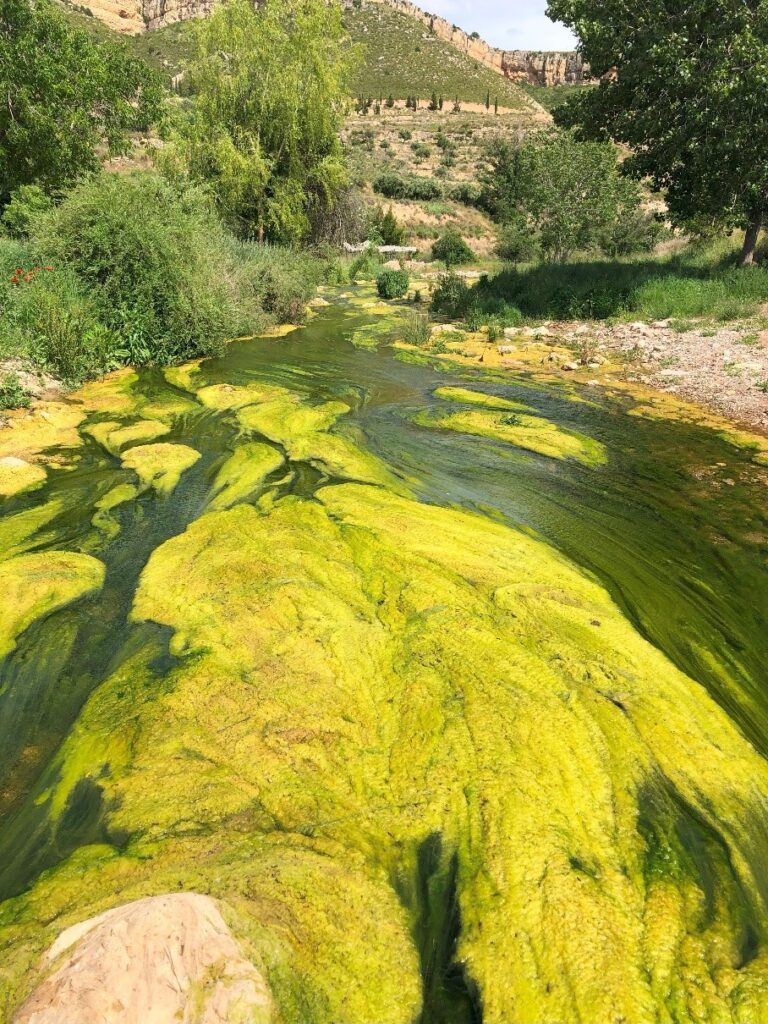
The main objective of this project is to mitigate nitrate pollution, one of the biggest water pollution problems in our country. This is an innovative project applying citizen science tools that raise public awareness and introduce governance as a basis for identifying and implementing feasible measures that are agreed upon by all involved parties.
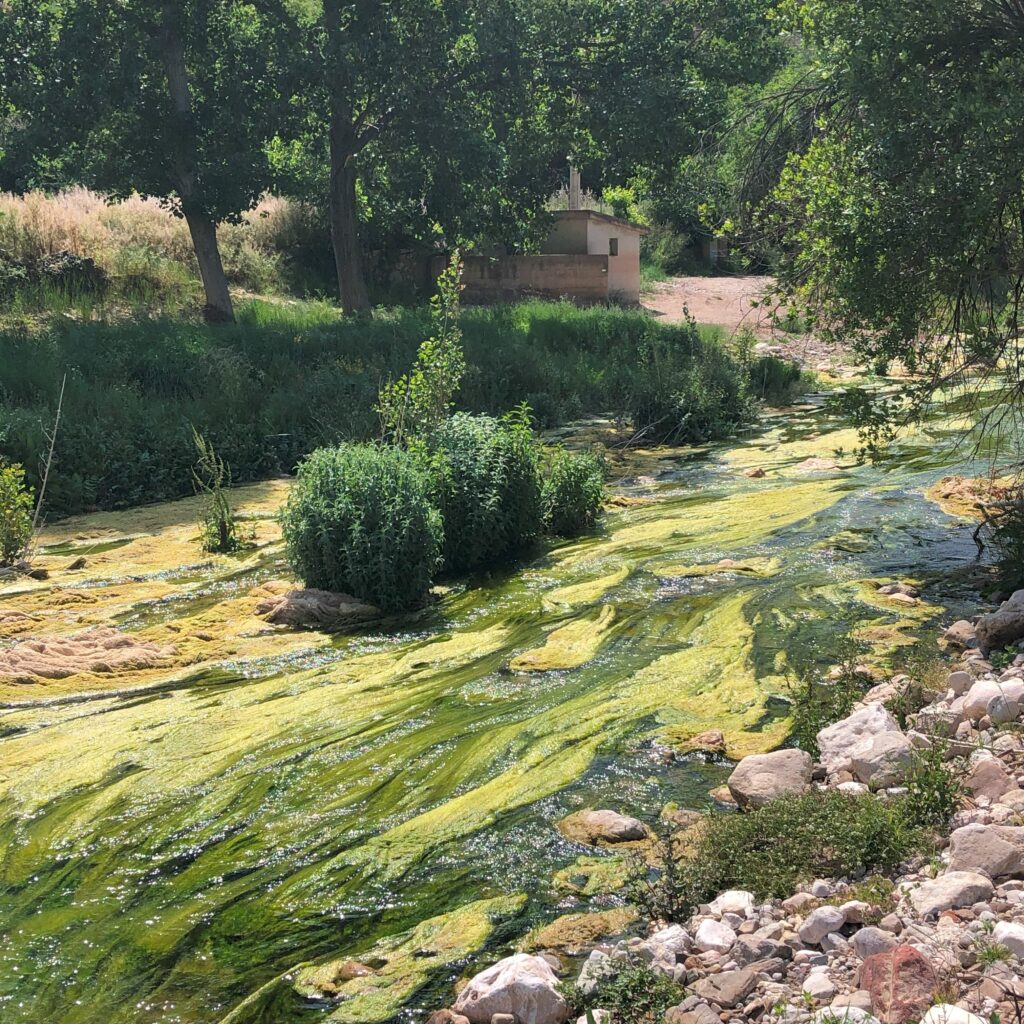
The collection of water samples is one of the citizen science activities. Various sample collection points will be set up where persons interested in learning about the nitrate content of springs, wells, water supplies, or rivers in their town or city can deposit their water samples to quickly obtain the results, which will be presented on a mobile phone app.
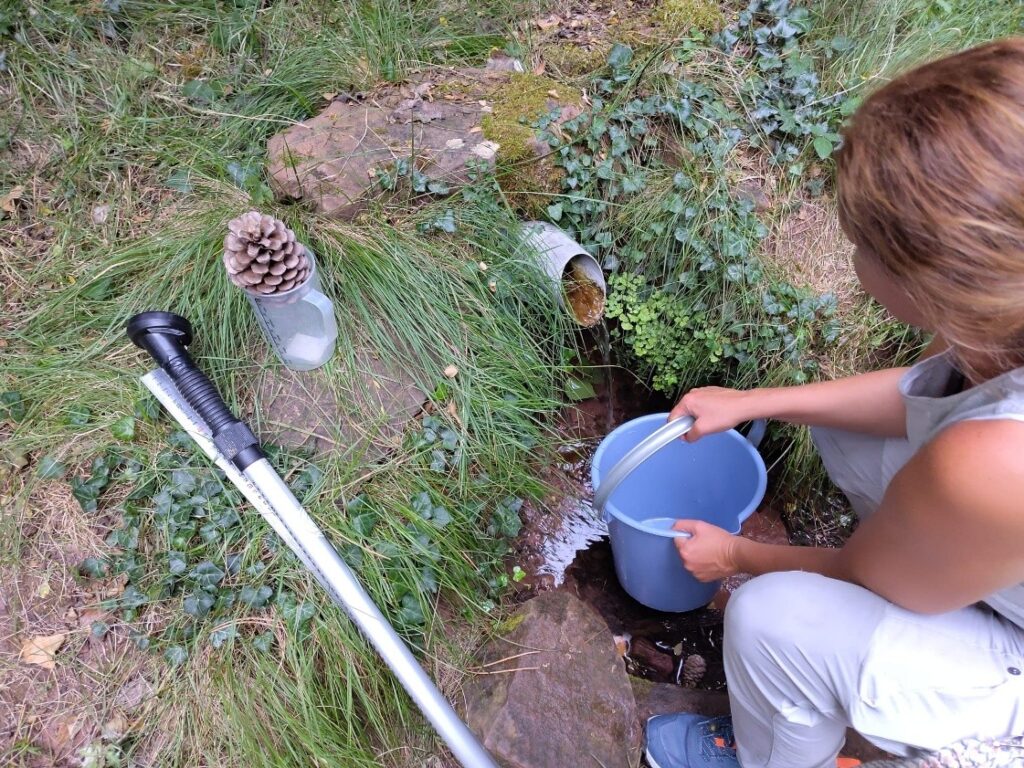
Another important aspect of the project will be the holding of collaborative workshops that will give voice to all the stakeholders involved in nitrate pollution in one way or another. These workshops aim to identify the main challenges faced by different sectors in implementing measures to control and mitigate nitrate pollution.
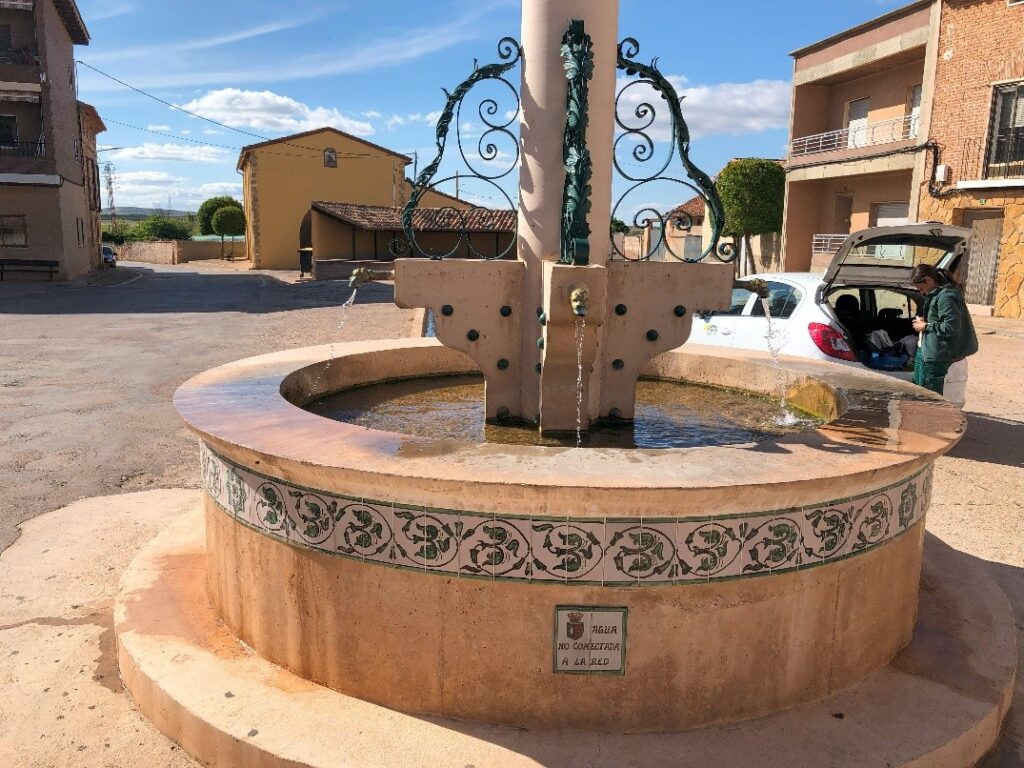
Various Spanish entities are collaborating on this project: the University of Burgos, CITA, the Natural Heritage Foundation of Castile and León, Riegos del Alto Aragón, Innovalia, the Ibercivis Foundation, Osoigo S.L., as well as Portuguese entities: the University of Coimbra, Aguas do Centro Litoral S.A., the municipality of Soure, and the Association of Beneficiaries of Baixo Mondego. The work areas are located in the Jalón-Jiloca, Matarraña-Guadalope, and Flumen-Alcanadre river basins in Aragon; Segovia, Valladolid, and Burgos in Castile and León; and the Mondego river basin in Portugal. The project has a three-year implementation period and a budget of almost €2 million, 60% of which is covered by European funds.
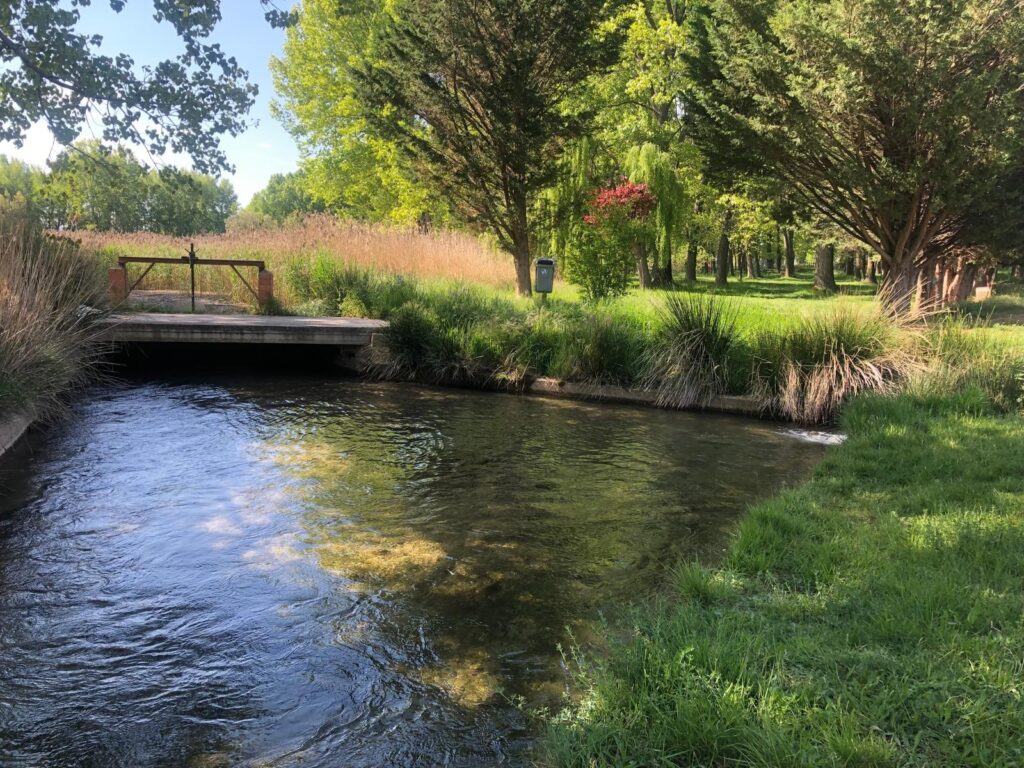
Nitrate, while not one of the most harmful pollutants associated with agriculture, can trigger certain diseases, such as methemoglobinemia (Blue Baby Syndrome), which can affect young infants and persons with digestive or blood problems. Therefore, authorities limit the concentration in drinking water to 50 mg/L. Other important consequence triggered by high concentrations of nutrients, such as nitrate, is the eutrophication of reservoirs, rivers, and lakes. This can have a significant impact on aquatic ecosystems, leading to the death of fish and other organisms, as well as severely impairing the chemical quality of the water.

